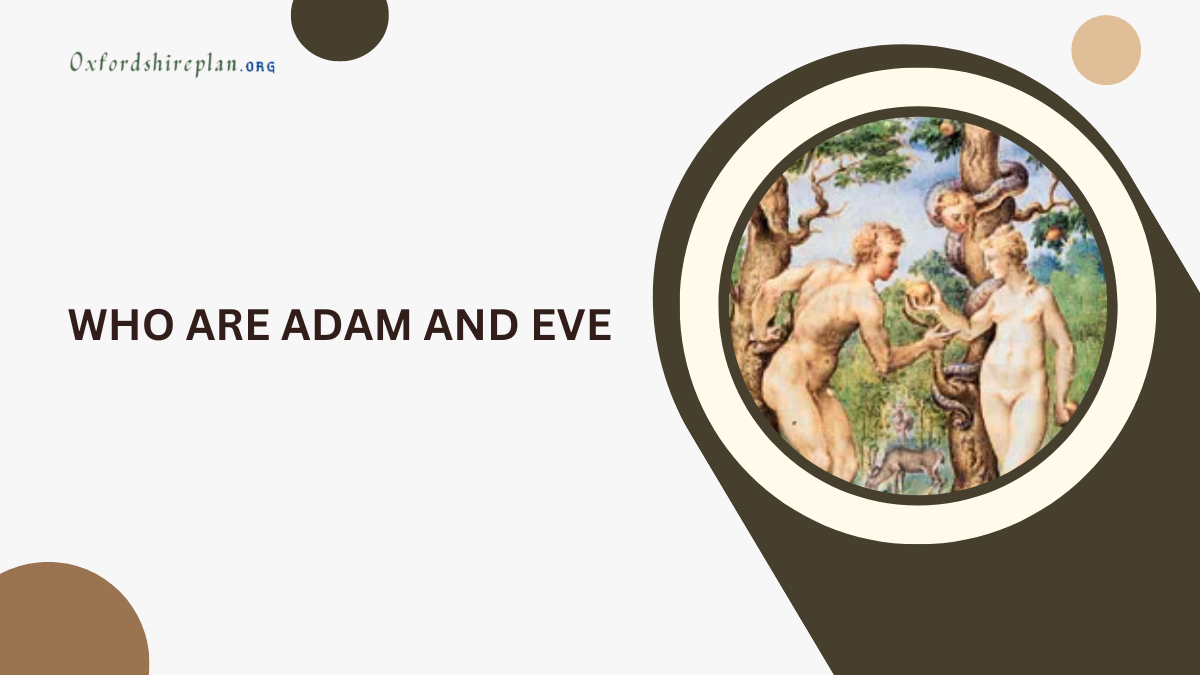Adam and Eve are central figures in the Bible’s creation story found in the Book of Genesis. According to the Bible, God created Adam from the dust of the ground and Eve from Adam’s rib to be his companion.
They lived in the Garden of Eden until they disobeyed God by eating the forbidden fruit from the Tree of Knowledge of Good and Evil. This act led to their expulsion from the garden and is known as the original sin, which introduced sin and death into the world.
Contents
- How do the latest scientific discoveries support the biblical account of Adam and Eve?
- Genetic proof of a common ancestor
- The concept of original sin and evolution
- Anthropological discoveries
- Were Adam and Eve historical figures?
- How does original sin relate to evolution?
- What about the scientific evidence for human origins?
- Can science and religion coexist on this topic?
- Conclusion
- Some Questions
How do the latest scientific discoveries support the biblical account of Adam and Eve?
The relationship between the biblical account of Adam and Eve and modern scientific discoveries is complex and often debated. While the story of Adam and Eve is a religious and theological narrative, certain scientific findings can be viewed as supporting aspects of this account, depending on one’s interpretation.
Genetic proof of a common ancestor
Modern genetic research has shown that all humans share common ancestors. Mitochondrial DNA (mtDNA) studies suggest that all living humans can trace their lineage back to a single woman, often referred to as “Mitochondrial Eve,” who lived around 100,000 to 200,000 years ago in Africa.
Similarly, Y-chromosome DNA studies indicate a common male ancestor, sometimes called “Y-chromosome Adam,” who lived approximately 200,000 to 300,000 years ago.
Although these individuals were not the only humans alive at their times, and they did not live in the same era, these findings illustrate that all humans share a common ancestry, echoing the biblical notion of humanity’s common origin.
The concept of original sin and evolution
Some theologians and scientists attempt to reconcile the concept of original sin with evolutionary theory. For instance, the idea that Adam and Eve represent a symbolic narrative about the emergence of human consciousness and moral awareness is gaining traction.
This perspective sees the story as a way to convey deeper truths about human nature and the propensity for moral failure.
Anthropological discoveries
Anthropological discoveries about early human societies also offer insights. Research into early human behavior and societal structures shows that early humans lived in small, interconnected communities. This could reflect the close-knit nature of the first human family as described in Genesis.
Also, the development of language, art, and religious rituals among early humans suggests a spiritual dimension to human life that aligns with the biblical depiction of humans as unique creations with a special relationship to the divine.
Were Adam and Eve historical figures?
The question of whether Adam and Eve were historical figures or symbolic representations is a major point of debate. Traditional religious interpretations hold that they were real people.
However, many modern theologians and biblical scholars consider the story to be allegorical, teaching moral and spiritual lessons rather than providing a historical account.
How does original sin relate to evolution?
Reconciling the doctrine of original sin with evolution is challenging. Some propose that original sin represents the emergence of moral and ethical awareness in early humans.
This view suggests that at some point in human evolution, individuals became capable of moral decisions, leading to the concept of sin. Others hold to a more traditional view, believing that the Fall was a specific historical event.
What about the scientific evidence for human origins?
Scientific evidence points to a complex evolutionary history for humans, involving multiple hominin species over millions of years. This evidence includes fossil records, genetic data, and studies of ancient human behavior.
While this does not directly support a literal interpretation of the Adam and Eve story, it does not necessarily contradict the notion of a shared human origin.
Can science and religion coexist on this topic?
Many believe that science and religion address different aspects of human existence and can coexist. Science explains the mechanisms of the natural world, including human evolution, while religion provides meaning and moral guidance.
The story of Adam and Eve can be seen as a theological reflection on human nature and morality rather than a scientific account of human origins.
Conclusion
Adam and Eve are foundational figures in the biblical narrative, representing the origins of humanity and the introduction of sin into the world. While scientific discoveries about human origins provide a different perspective, they can be viewed as complementary rather than contradictory to the biblical account.
Genetics, anthropology, and evolutionary theory offer insights into our common ancestry and the development of human consciousness, which can enrich our understanding of the story of Adam and Eve.
Some Questions
Were Adam and Eve historical figures?
Traditional religious interpretations hold that Adam and Eve were real people, while many modern theologians and scholars consider them to be symbolic representations.
How does original sin relate to evolution?
Some propose that original sin represents the emergence of moral and ethical awareness in early humans, while others believe it was a specific historical event.
What does scientific evidence say about human origins?
Scientific evidence points to a complex evolutionary history for humans, involving multiple hominin species over millions of years.
Can science and religion coexist on the topic of human origins?
Many believe that science and religion address different aspects of human existence and can coexist, with science explaining natural mechanisms and religion providing meaning and moral guidance.
Click Here To Read More

I am a dedicated lifestyle and fashion enthusiast, always looking for the latest trends and timeless styles. With a flair for creativity and a passion for self-expression, I provide fresh insights and tips on elevating everyday living and personal style.
















